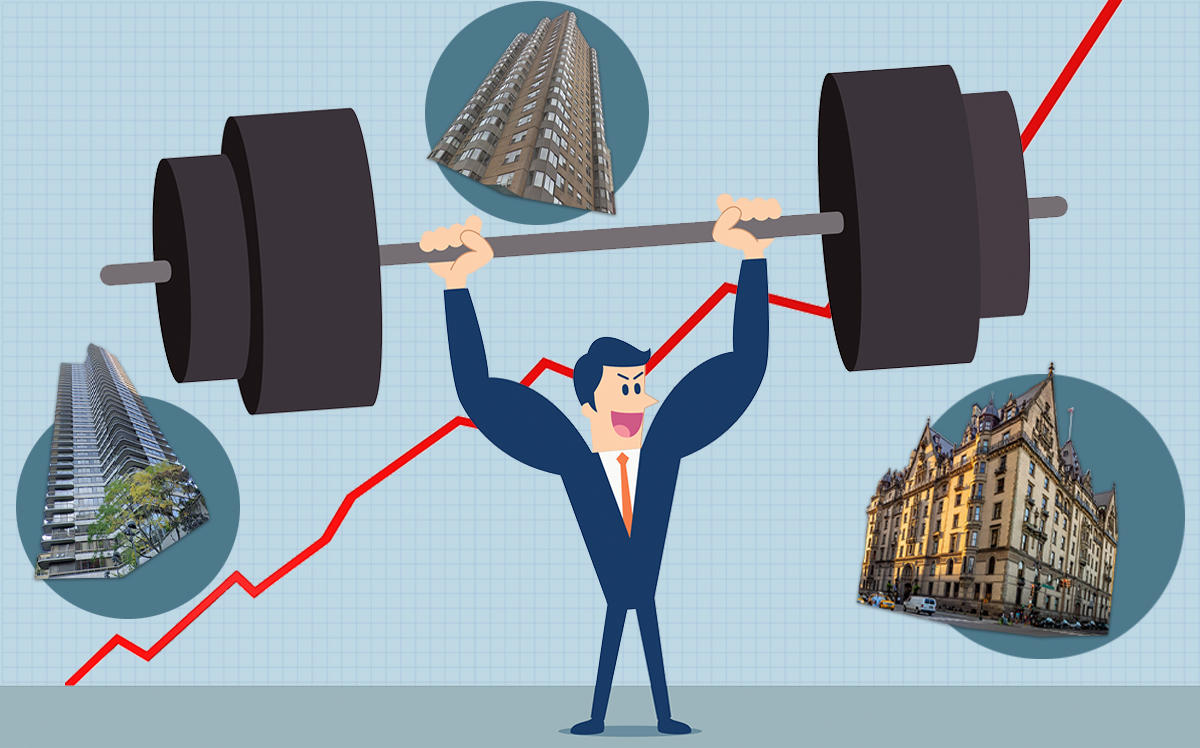Trending
Keeping up with condos: How co-ops are closing the amenity gap
The Dakota, with a new gym, is one of many adding facilities

One year in and the Dakota’s gym still smells like brand new.
The iconic 135-year-old co-operative’s addition of a fitness center last year is part of trend of renovations in prestigious co-ops struggling to compete with amenity-laden condos in a sluggish market.
When facing off against buildings outfitted with butterfly gardens, pet playgrounds and more, even famous addresses like The Dakota have to find ways to stand out, according to Compass broker Brian Lewis, who says a large portion of his business comes from co-ops.
“The co-ops are trying to stay relevant and appealing to an audience of buyers who have been educated and seduced for a generation by amazing condo amenities,” he said. “The smart co-ops are having a reflective moment.”
At The Dakota such moments run up quite a bill. The Dakota’s board declined to comment on the new gym, but one industry source claimed the renovation — completed in September 2018 — cost millions.
A visit suggests that might be the case. Filled with state-of-the-art machines for weight lifting, running, rowing and Pilates, the fitness center’s red-brick walls are decorated with accents of wood. Large mirrors make the two-room space, which is tucked into a corner of the iconic’s co-op’s unfinished basement, seem much larger than it is.
Sotheby’s broker Benjamin Pofcher, who’s handling a $10.5 million listing in the building, said the gym has been a pleasant surprise for prospective buyers.
“It’s been impressive to everyone who’s been in there. I don’t think they expect it to be such a nice, modern space with a cool aesthetic,” he said. “[The renovation] really kind of kept with the Dakota vibe, which I think helps a lot.”
That said, the Dakota’s gym is not a glamorous destination: To reach it, residents descend from their quadrant of the building and pass the building’s subterranean loading dock, waste storage and bike parking. But the gym’s very existence is a luxury among the city’s most storied prewar co-ops. Other buildings, however, are upgrading too.
The Carlton Regency in Murray Hill, for example, has added a gym, roof deck and kids’ playroom. At the Trump Plaza on East 61st Street, the board has been refreshing its amenities in recent years, including a two-story waterfall feature in its lobby and a fitness center.
Pofcher, however, doesn’t think an old co-op’s new gym or other features would win over a “glass box” condo buyer. Buyers looking at prestigious co-ops, for their part, are often drawn to a property’s history and craftsmanship. Even for those shoppers, though, some amenities can make the difference.
But adding an amenity to a prewar co-op is no cake walk. Boards must find the funds through the building’s reserve, financing or raising shareholders’ monthly fees. But even if the will and money are there, the struggle is often the building itself.
“Trying to squeeze [amenities] into a building where it wasn’t designed for that use can be a challenge,” said Dennis DePaola of Orsid Realty, which manages about 120 luxury co-ops in Manhattan.
Reclaiming basement space, as The Dakota did for its gym, is often the most feasible. Other frequently added amenities include storage units, roof decks and courtyard spaces, according to DePaola. He added that up to 30 co-ops in Orsid’s portfolio are installing exercise spaces or considering it.
Though DePaola said news of the Dakota’s new gym hadn’t surfaced among his clients’ discussions, he said that “knowing the reputation of the Dakota, I’m sure it’s a special place.”




